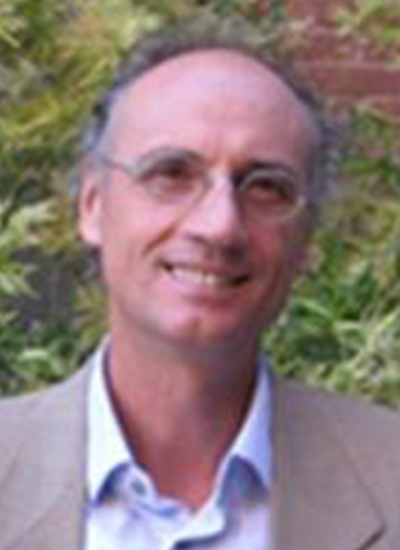Carcinogens
Professor, Nutritional Sciences
Associate, Center for Toxicology
Professor, Animal and Comparative Biomedical Sciences
Professor, Cancer Biology - GIDP
Professor, BIO5 Institute
Primary Department
Department Affiliations
Contact
(520) 626-9108
Samuel K Campos
Associate Professor, Immunobiology
Associate Professor, Molecular and Cellular Biology
Associate Professor, Cancer Biology - GIDP
Associate Professor, BIO5 Institute
Member of the General Faculty
Member of the Graduate Faculty
Primary Department
Department Affiliations
Contact
(520) 626-4842
Work Summary
We aim to understand the mechanisms of HPV infection, the cellular responses to HPV infection, and how the interplay between host and virus influences the outcome



